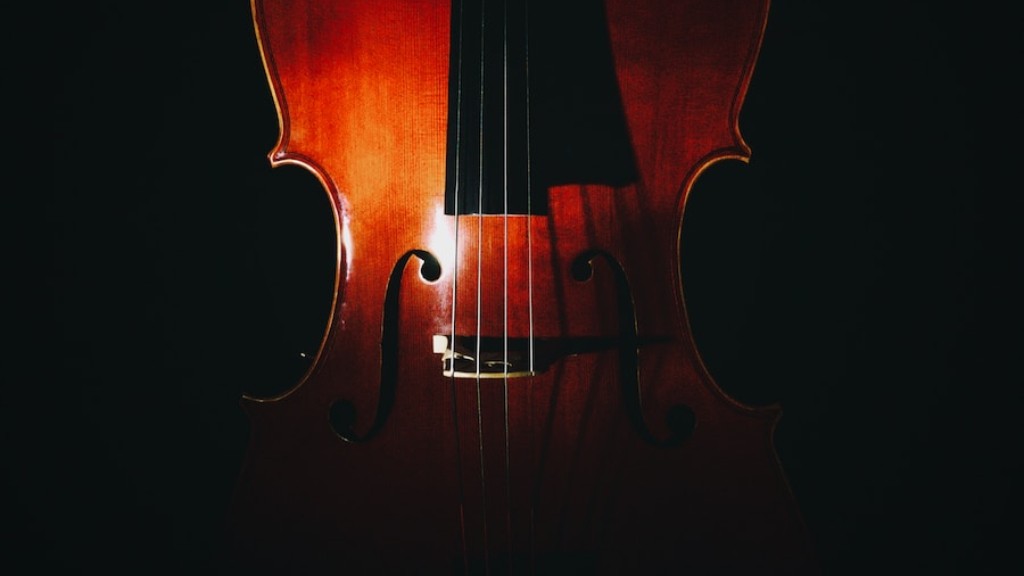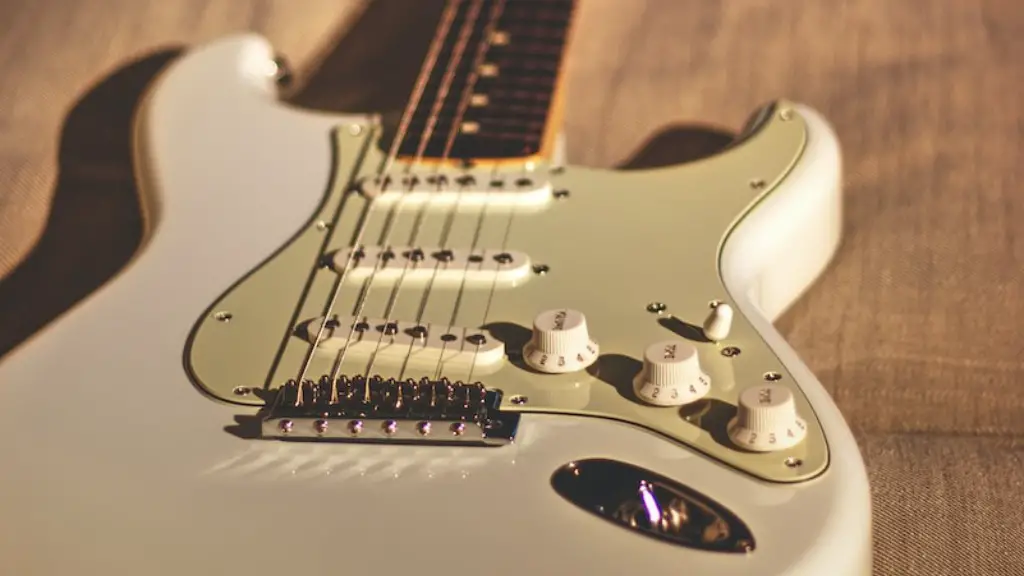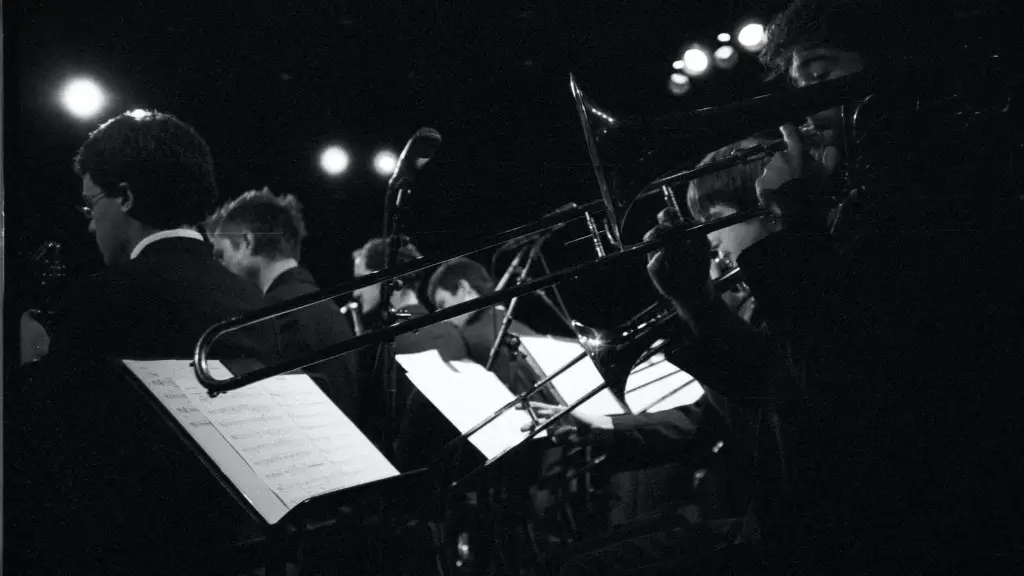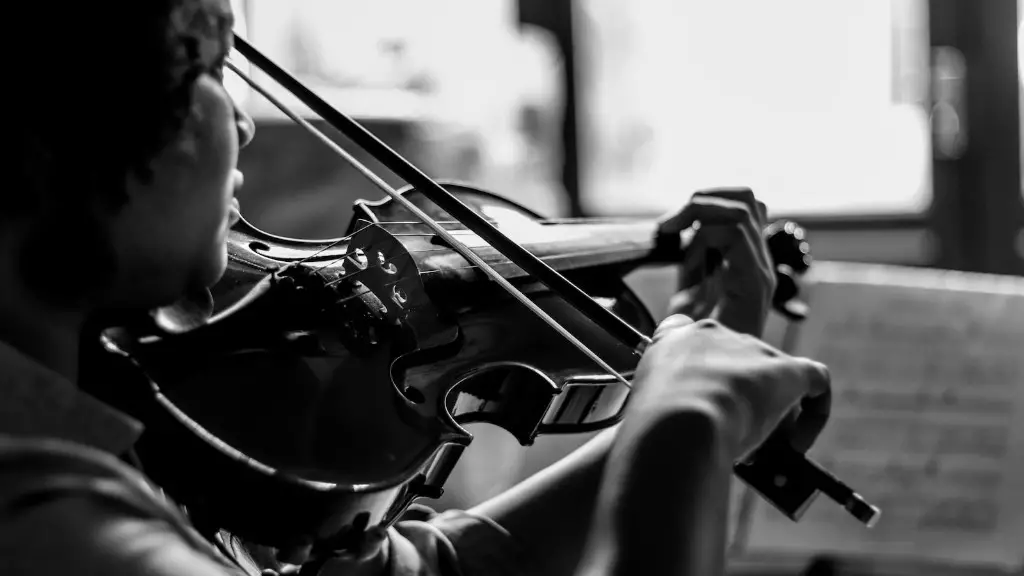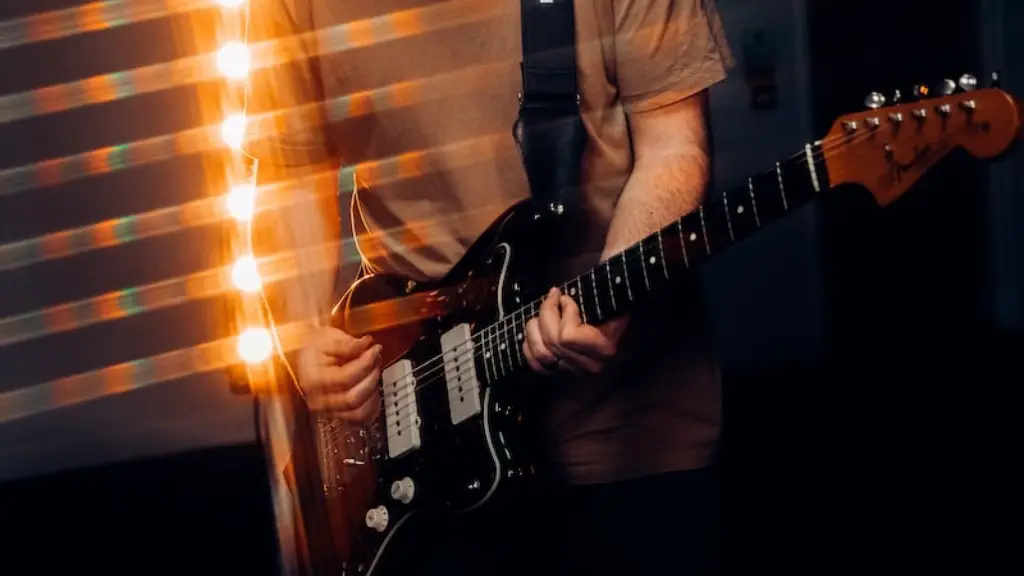Learning to play the cello is an enjoyable and rewarding experience.
The cello is a beautiful and versatile instrument, capable of producing a wide range of sounds. With patience and dedication, anyone can learn to play the cello.
Before beginning your journey, it is important to have the right equipment such as a good quality cello, bow, rosin, shoulder rest, and other accessories. You should also find a qualified teacher who will be able to guide you through the basics of playing the cello.
Once you have your equipment and teacher in place, it’s time to start practicing! Start with simple exercises that focus on developing good posture and hand position. Then move on to scales and arpeggios which will help you develop strength and dexterity in your playing. As your skills improve, you can begin learning more advanced pieces of music.
With consistent practice and dedication, anyone can learn to play the cello. Don’t be afraid to make mistakes – they are part of the learning process!
Choosing a Cello
Selecting the right cello for you is an important part of learning to play. You want to find a cello that fits your size, skill level and budget. Beginners should look for a cello with good sound quality, but not necessarily the most expensive one. Generally, an instrument with good quality wood and craftsmanship will produce a better sound than one made from cheaper materials.
For smaller players, finding a cello that fits properly is essential for comfort and sound production. Shorter students may need to purchase an instrument specifically built for smaller players or have an existing instrument adjusted for their size. The strings can be lower in height and the bridge can be adjusted to make it easier to play.
When looking at cellos, pay attention to the condition of the wood and finish as well as any repairs that need to be made. Look inside the body of the instrument to see if it has been well cared for and if there are any signs of repair or damage. Ask questions about how long ago it was last serviced or played so you know what kind of condition it is in. Finally, be sure to try out several instruments before making your decision – don’t just settle on the first one you see!
Necessary Equipment for Playing the Cello
Playing the cello requires a few essential pieces of equipment. The most important is the cello itself, which should be made of good quality wood and have a strong bridge. A bow is also necessary, and should be made of strong, flexible wood with good tension. Strings are also required, and should be made of fine-gauge steel or gut. Other necessary equipment includes a shoulder rest, which helps support the instrument while playing, and a rock stop to prevent slipping while bowing. Finally, rosin is necessary to help create friction between the bow and strings. With these items in place, you’ll be able to play the cello with ease!
It’s also important to practice regularly; with consistent practice, you can become an expert at playing the cello. Invest in some instructional materials or lessons to get you started on your journey towards becoming an expert musician!
How to Hold a Cello
Cello is a beautiful instrument, but it can be quite challenging to learn. The key to learning how to play the cello is to start with the correct hand positions and body posture. Holding the cello correctly will help you produce better sound and make playing easier.
When holding the cello, use your left hand to hold the neck of the instrument and your right hand to support the lower bout of the instrument. Place your chin in the chin rest and make sure your left arm is relaxed against your body. The bow should be held in your right hand with your thumb placed at the frog, which is at the end of the stick. Make sure that you keep your wrist flexible and slightly bent while playing.
Your back should be straight while sitting down on a chair or stool, allowing you to move freely without straining yourself. Keep both feet on the floor and place one foot slightly ahead of the other for better balance. If you need more support for your back, use a small cushion or pillow for added comfort.Make sure that you keep both arms close to your body as this will help increase control over your movements. Once you have mastered these basic techniques, practice regularly and soon enough you’ll be playing beautiful melodies with ease!
How to Read Music Notes
Reading music notes can seem like a daunting task, but with some practice and determination, it can be easy to learn. You’ll need to know the basics of music notation to understand the shapes and symbols used in sheet music. It’s also important to understand basic musical concepts such as rhythm, pitch, and time signatures. Once you have a grasp of these fundamentals, you will be able to read sheet music with ease.
To begin learning how to read music notes, start by memorizing the names of all the musical notes. This includes all the letters of the alphabet (A-G) and their corresponding sharp or flat symbols (# or b). Knowing these symbols will help you identify which note is being played. Next, practice recognizing intervals – that is the space between two consecutive notes – on a staff. To do this effectively, you must be able to spot patterns in the notes that form chords or melodies. Finally, get familiar with different time signatures and learn how many beats are in each measure.
Once you have an understanding of all these concepts, it’s time to put them into practice! Pick up your instrument – whether it’s a piano or cello – and start playing your favorite tunes! You’ll soon find yourself reading music like a pro!
Practicing the Basics of Playing the Cello
Learning to play the cello can be a challenging but rewarding experience. To get started, it is essential to practice the basics of playing the cello. This includes understanding how to hold and move the bow, learning proper finger positioning, and mastering playing techniques such as vibrato, slurs, and staccatos.
It is important to develop a strong foundation of these fundamentals before attempting more difficult pieces. Practicing scales and arpeggios is an excellent way to build up muscle control and finger dexterity. Listening to recordings of other cellists can also help you learn proper technique and intonation.
In addition to mastering basic technique, learning music theory is essential for becoming a well-rounded musician. Knowing how chords are constructed, how notes interact with each other, and how different scales are related will help you understand music on a deeper level.
When starting out on your cello journey, it can be helpful to find an experienced teacher who can guide you through the fundamentals of playing the instrument. With patience and dedication, you will soon gain confidence in your skills as a cellist!
Creating Music with the Cello
The cello is a unique and beautiful instrument that has been used to create music for centuries. It is an incredibly versatile instrument, capable of producing a wide range of tones and emotions. Learning to play the cello can be a rewarding and fulfilling experience.
Before beginning, it is important to understand the basics of cello playing, such as proper posture and hand positioning. Once these fundamentals are mastered, it is time to start learning how to read music. This involves understanding notes, rhythms, and other musical notation. A good teacher can help make this process easier.
Practice makes perfect when it comes to playing cello. Regular practice can help develop muscle memory so that playing becomes more natural and fluid over time. To ensure progress, it helps to set small goals each day or week and track your progress in a notebook or journal. The best way to get better at playing the cello is simply by dedicating yourself to regular practice.
In addition to solo practice, attending group classes or taking private lessons can also be beneficial for learning the cello. It is important to find an instructor who is knowledgeable about the instrument and can provide valuable guidance on technique, posture, style, and other aspects of playing. With dedication and hard work, you will soon be creating beautiful music with your cello!
In Conclusion
Learning to play the cello is a rewarding experience that can bring joy to both the learner and listener. With patience, dedication, and practice, anyone can learn to play the cello. It is important to find a teacher who can provide guidance and support throughout the learning process. Additionally, it is important to find a good quality instrument that is well-suited for the learner. By following these steps, anyone can learn to play the cello with confidence and skill.
Ultimately, learning to play an instrument like the cello is a journey of self-discovery and musical exploration. With determination and practice, it is possible for anyone to become a proficient cellist.
